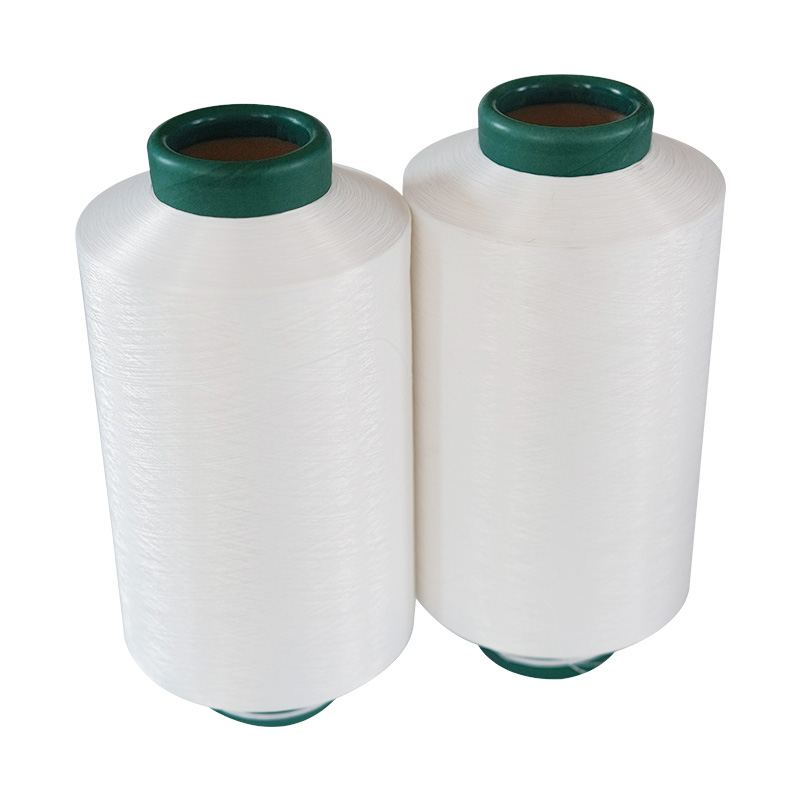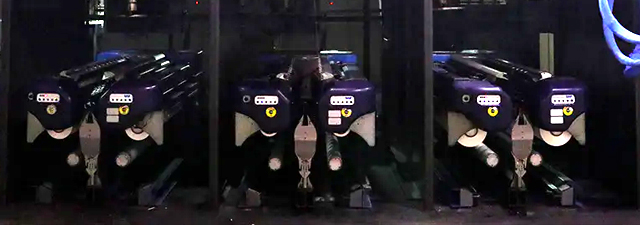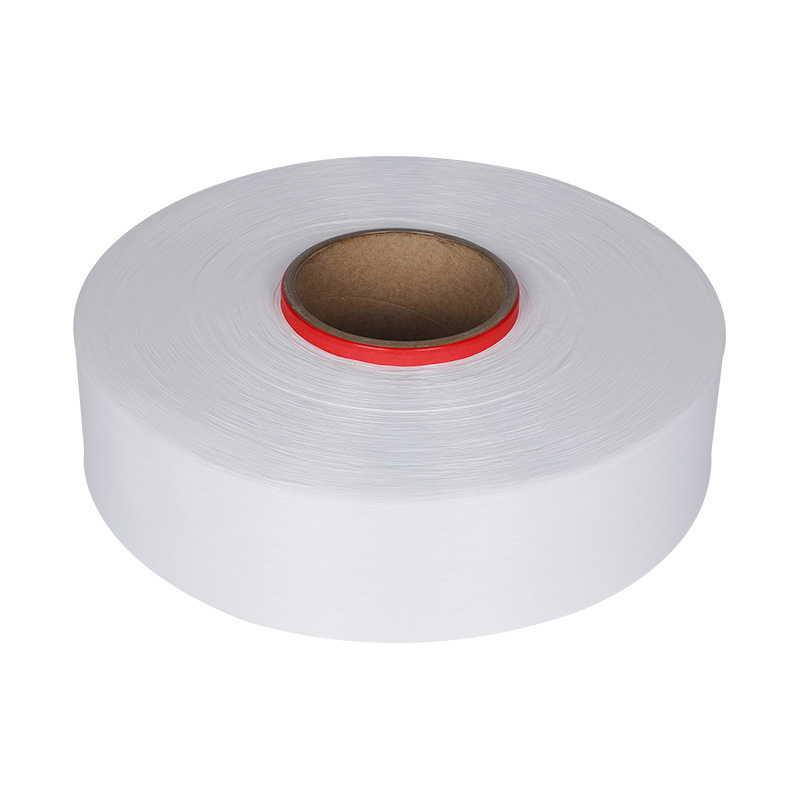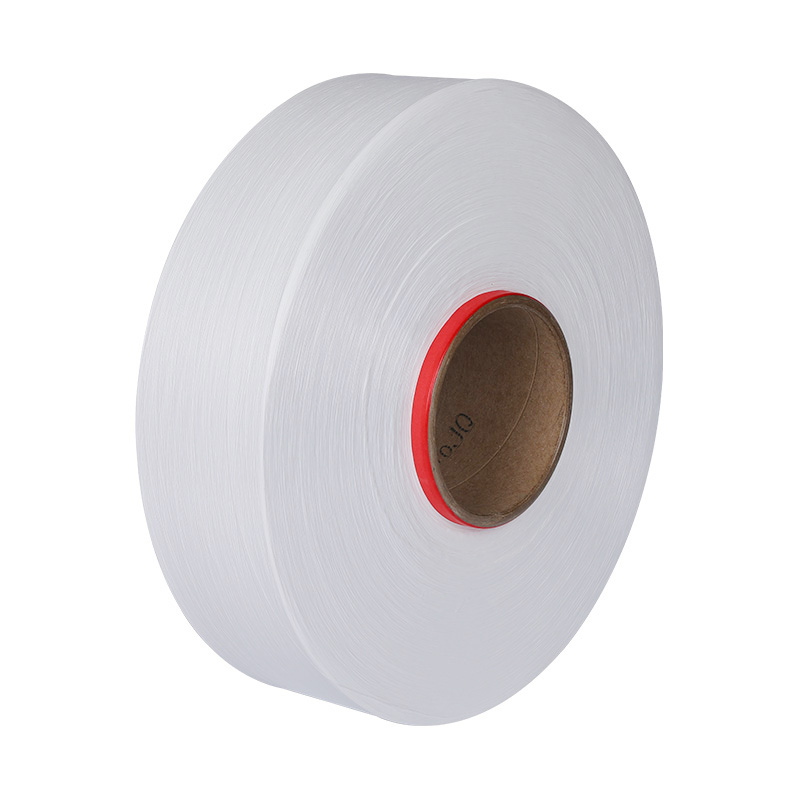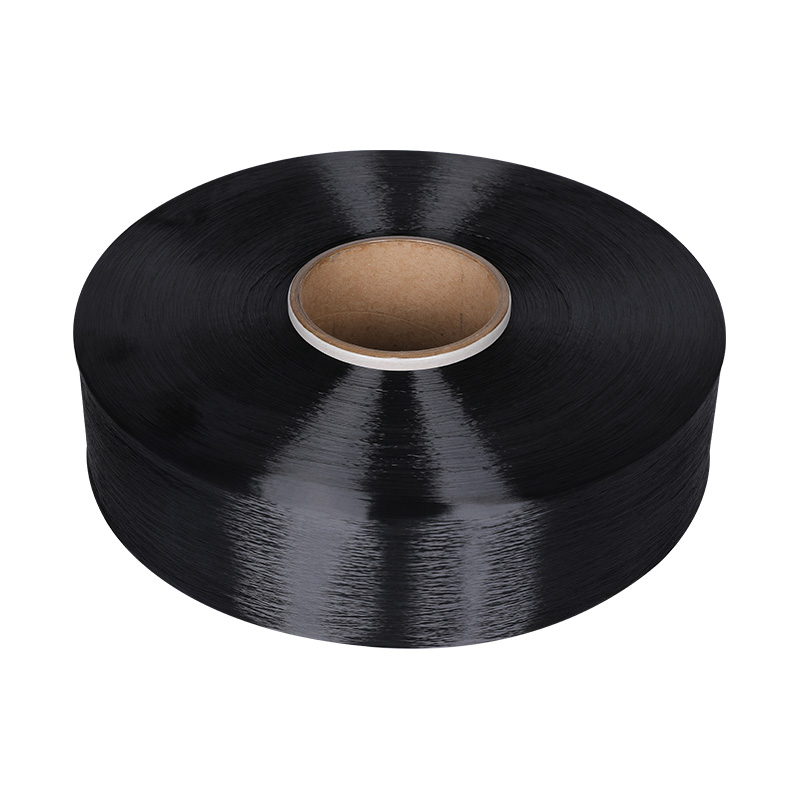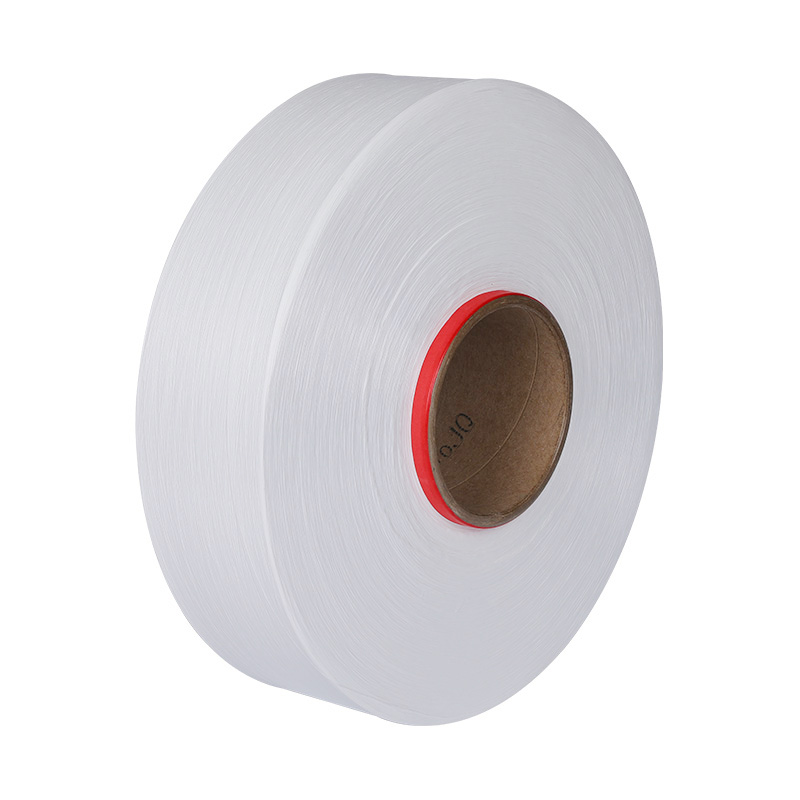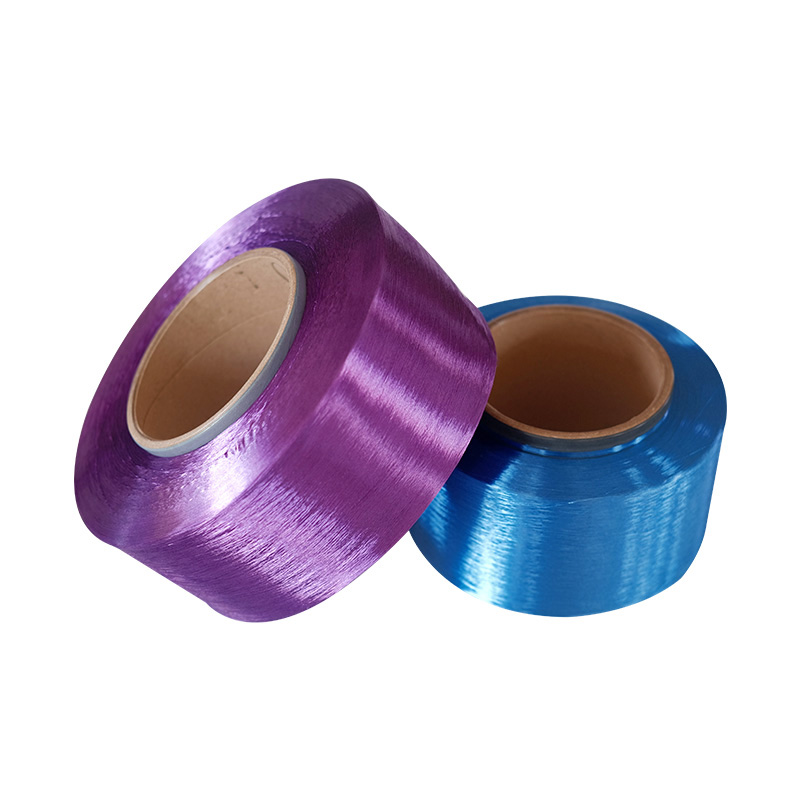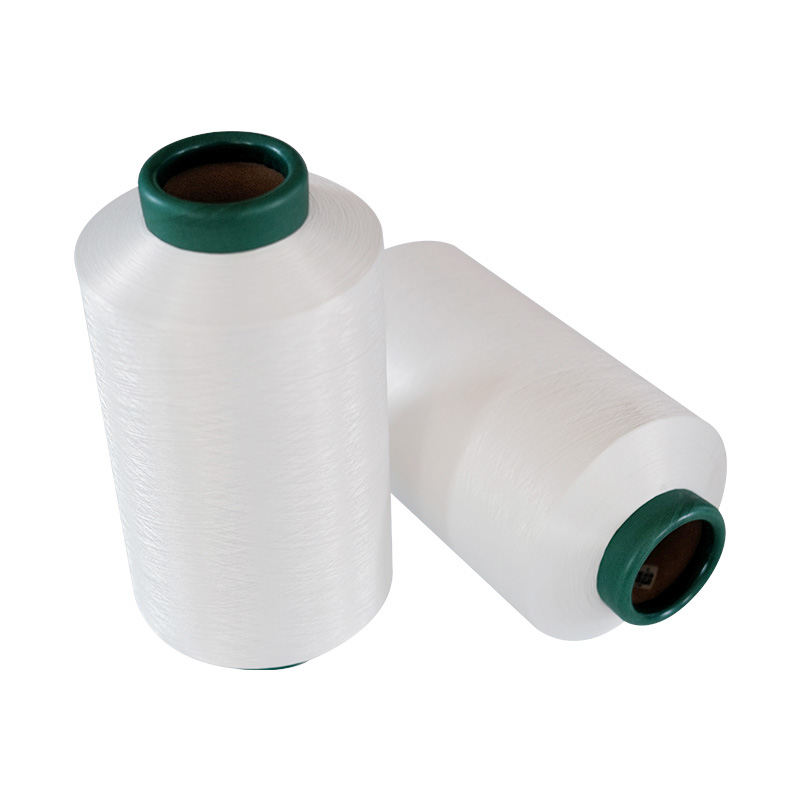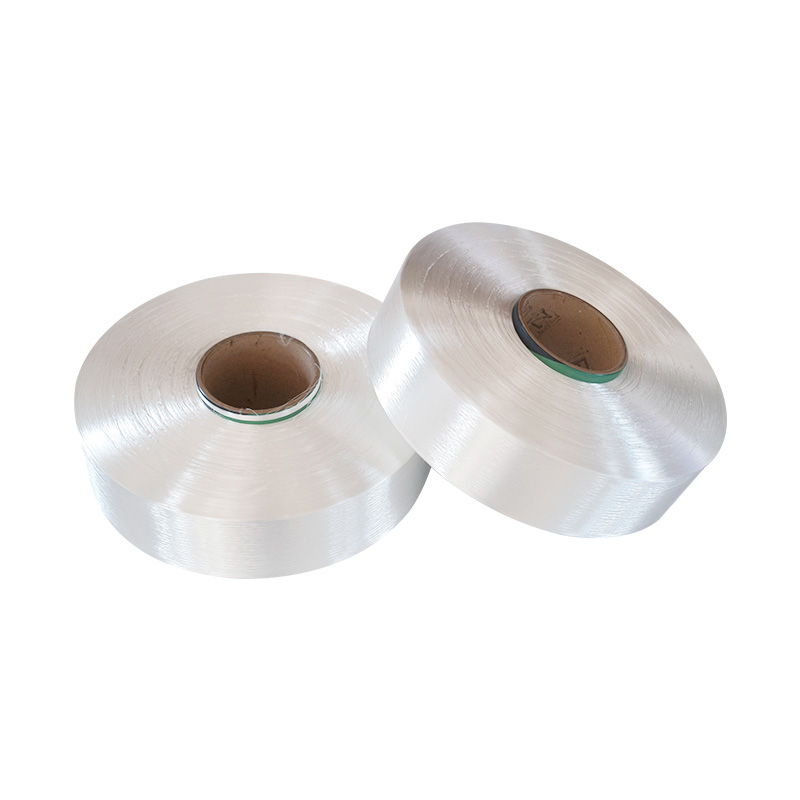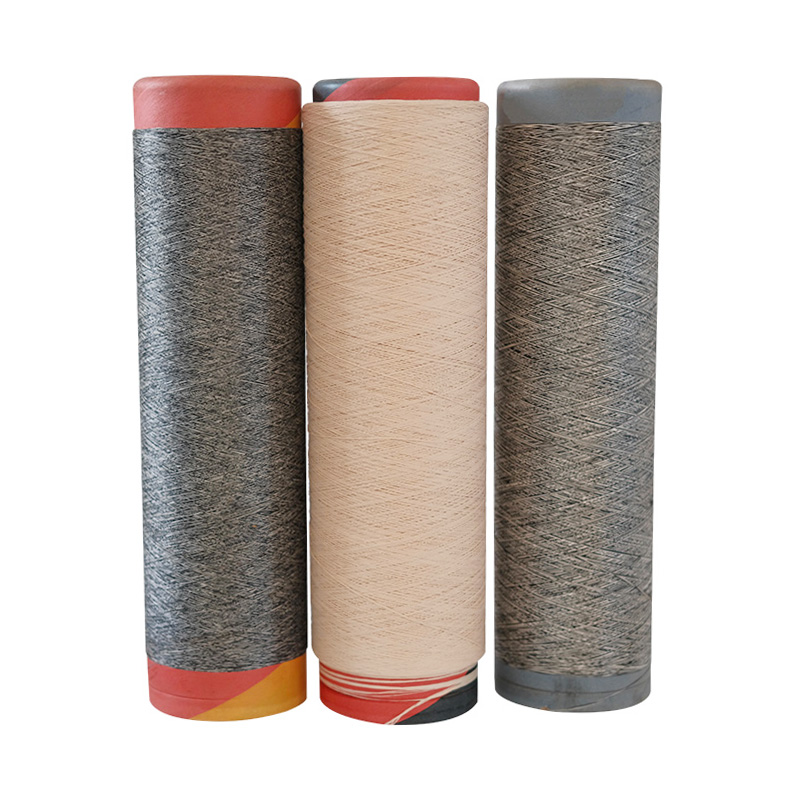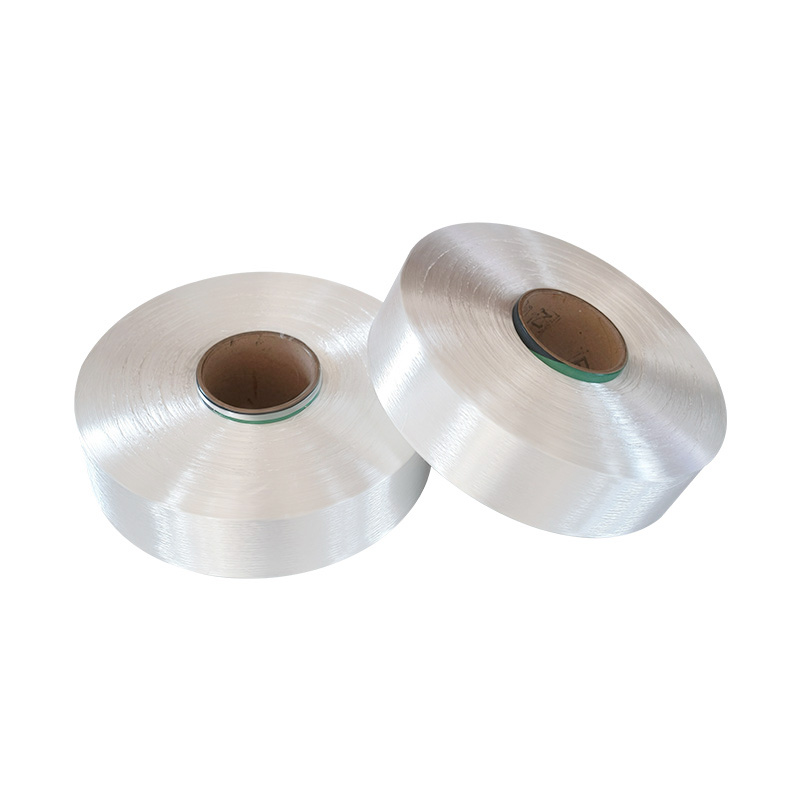What Makes DTY Hollow Yarn Series a New Favorite in the Textile Industry
In today’s ever-innovating textile industry, DTY hollow yarn series has gradually attracted market attention with its unique properties. Compared to traditional yarns, this hollow-structured DTY yarn maintains excellent toughness while boasting a lighter texture, giving it distinct advantages across multiple fields. As consumers’ demands for comfort and functionality in textiles continue to rise, DTY hollow yarn series—with its combined benefits of breathability, warmth retention, and eco-friendliness—has found widespread application in apparel, home textiles, and beyond. Its efficient use of raw materials during production also aligns with the current trend of sustainable development, further boosting its popularity in the market.
The Unique Structure and Performance Advantages of DTY Hollow Yarn Series
The most striking feature of DTY hollow yarn series lies in its internal hollow structure, a design that represents more than just a morphological innovation but a comprehensive optimization of yarn performance. This hollow structure creates air storage spaces within the yarn, reducing weight by approximately 30% compared to ordinary yarns of equal thickness, thus significantly enhancing the lightness of textiles. Simultaneously, the air layer enhances both thermal insulation and breathability, enabling garments made from this yarn to effectively trap heat in winter while quickly dissipating moisture in summer. Furthermore, this structure endows the yarn with superior elastic recovery, allowing it to retain its original shape even after repeated stretching, minimizing the risk of clothing deformation and extending product lifespan.
Versatile Application Scenarios of DTY Hollow Yarn Series
The application scope of DTY hollow yarn series is expanding as technology matures. In the apparel sector, it is frequently used in sportswear, where its lightweight nature reduces movement constraints, and its excellent breathability efficiently wicks away sweat to keep the body dry. In outdoor clothing, the thermal insulation advantages of the hollow structure are fully utilized, providing comfortable wear even in low-temperature environments. Among home textile products, blankets and bed sheets made from DTY hollow yarn series not only feel soft but also exhibit excellent moisture absorption and perspiration-wicking capabilities, enhancing sleeping comfort. Additionally, in industrial textiles such as filtration materials and medical supplies, its unique hollow structure offers new possibilities for functional optimization.
How to Properly Identify the Quality of DTY Hollow Yarn Series
Assessing the quality of DTY hollow yarn series requires a comprehensive judgment from multiple perspectives. First, examine the appearance: high-quality DTY hollow yarn series features uniform color, no obvious thickness variations, and a smooth, burr-free surface. Observing its cross-section under a magnifying glass reveals a neatly formed hollow structure with rounded, undamaged edges. Next, conduct a tactile test: rubbing the yarn between fingers, superior products feel soft yet elastic, resisting pilling or breakage. A simple stretch test also helps—quality yarns can stretch to 1.5 times their original length and still return to shape, with high breaking strength. Furthermore, a combustion test aids identification: pure polyester DTY hollow yarn burns with a steady flame, leaving hard, spherical ash; unusual odors or ash indicate potential inferior material admixture.
Key Features of DTY Hollow Yarn Series Production Process
The production process of DTY hollow yarn series incorporates targeted improvements over traditional DTY processing. A critical aspect of spinneret design—specialized spinneret hole shapes ensure the formation of uniform hollow structures, demanding extreme precision in equipment to control temperature, pressure, and other parameters within minimal error ranges. During the drawing and texturing stage, draw ratios must be adjusted according to raw material characteristics to ensure both yarn strength and hollow structure stability. Subsequent heat setting is equally vital: precise temperature and time control fixes the yarn’s structural form, preventing deformation in further processing. Strict environmental control over temperature and humidity throughout production is also essential, as even minor fluctuations can compromise final product quality.
Maintenance Tips to Extend the Lifespan of DTY Hollow Yarn Series Products
Proper maintenance effectively prolongs the service life of DTY hollow yarn series products. Use neutral detergents for washing, avoiding bleach-containing powders that may damage the yarn’s molecular structure. Control water temperature below 30°C and select gentle wash cycles to prevent pilling or breakage from vigorous agitation. When drying, avoid direct sunlight—opt for natural air-drying in well-ventilated areas, as prolonged exposure accelerates yarn aging, affecting elasticity and color. Store folded neatly without heavy pressure to prevent hollow structure deformation. For frequently used items, regular gentle patting helps restore fluffiness, maintaining optimal breathability and thermal performance.
 +86-0571-82795522
+86-0571-82795522 
 LANGUAGE
LANGUAGE 
 English
English